An expensive hope: The financial burden of a rare genetic disorder in India
The high cost and limited availability of treatments still remain a major challenge for patients suffering from a rare genetic disorder called spinal muscular atrophy.
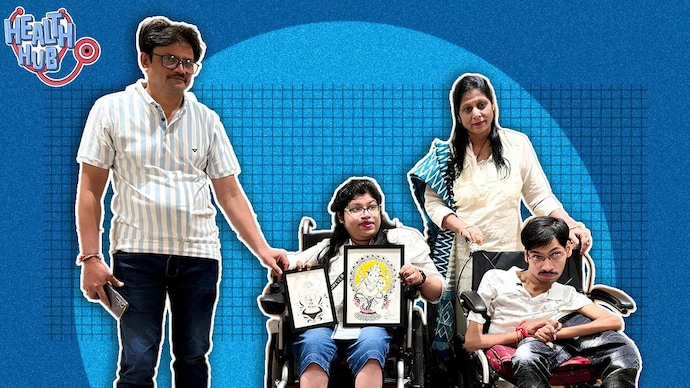
Rohit and Anshuma Rastogi are spending lakhs of rupees every year to keep their children alive.
Their son and daughter, Akshat and Roli, were born with a genetic disorder called spinal muscular atrophy (SMA), which causes muscle weakness and atrophy as well as severely reduced immunity.
This occurs due to damage to motor neurons, which are specialized nerve cells that control muscle movement.
What is SMA and why is it a financial burden on patients?
Spinal muscular atrophy (SMA) is a genetic disorder that affects the nerves that control muscle movement, resulting in muscle weakness and atrophy.
It is caused by mutations in the SMN1 gene, which causes the body to produce insufficient survival motor neuron (SMN) protein. The condition mainly affects infants and children, affecting their ability to walk, swallow and breathe. There are four main types of SMA.
Over time, a person with type 2 or type 3 SMA may lose movement of their arms and legs and become wheelchair-bound. Type 0 or 1 causes severe muscle weakness, difficulty breathing, and a severe cough.
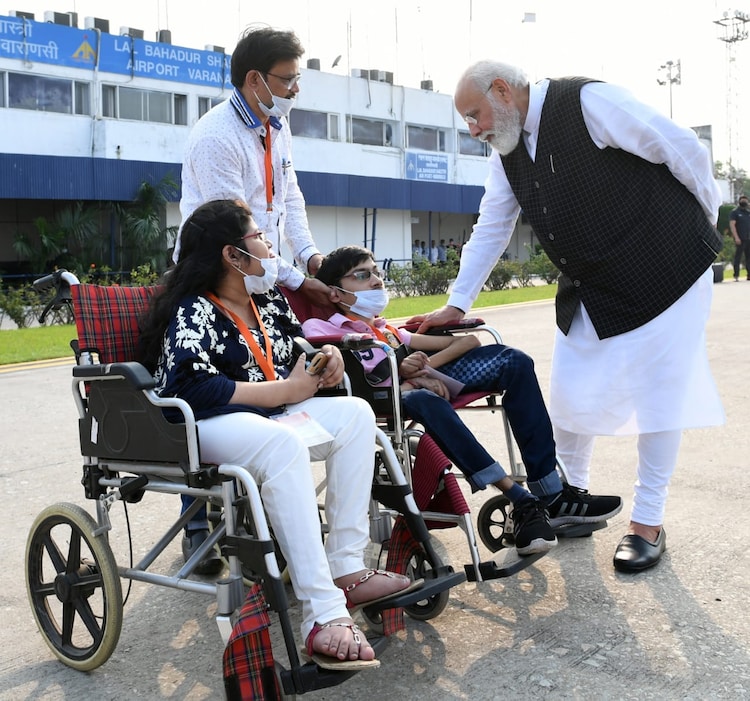
About 4,000 children are born with SMA each year in India, of whom one in 38 is a carrier of the faulty gene that causes the disease.
What is the treatment for this rare genetic disease?
There are three types of treatment: the gene therapy Zolgensma, which costs Rs 17 crore, and two other drugs – Nusinersen (Rs 87 lakh) and Risdiplam (Rs 6.2 lakh per bottle, the cheapest but given only to adults).
Zolgensma is one of the most expensive drugs in the world.
Both Akshath (26) and Roli (28) were treated with risdiplam, which is given orally to increase the concentration of SMN protein to maintain motor neurons in the body.
The medicine Risdiplam which costs Rs 6 lakhs lasts for only 12 days and is not always available. The Rastogi family, who runs a stationery business in Varanasi, has to struggle a lot to buy it.
Akshat and Roli, who has type 2 SMA, are wheelchair-bound. During her school days, Roli was confined to the ground floor, preventing her from attending computer practical classes on the first floor. Despite this, she excelled academically and now spends her time creating mandala art and writing poetry. She is currently preparing for banking exams.
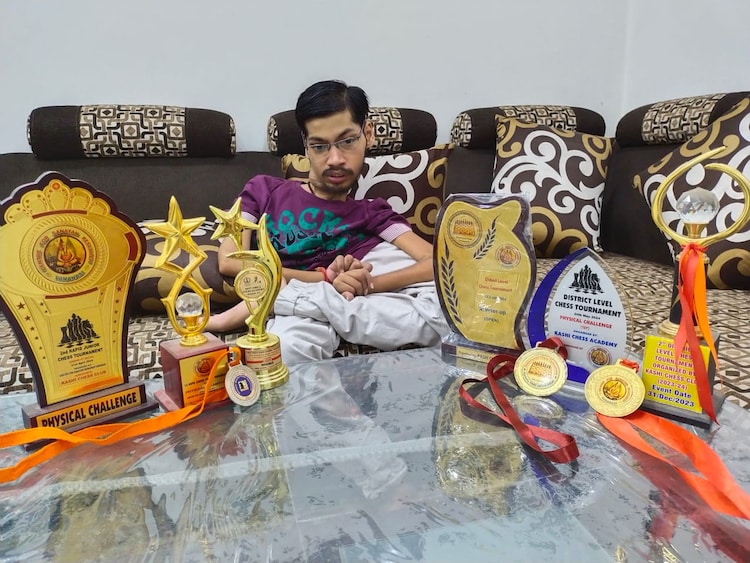
Akshat was home-schooled by his parents. Though he could move his hands for some time, his condition deteriorated with age and his hands no longer function. Now in his late twenties, Akshat has become a district-level chess champion and dreams of becoming like Vishwanathan Anand.
In 2022, the Rastogi family met Prime Minister Narendra Modi and Uttar Pradesh Chief Minister Yogi Adityanath and appealed for greater government involvement in SMA treatment. Despite this, the family, which often travels by road, has found little relief in the cost or availability of treatment.
“Medicines are hardly available. We live in Varanasi and we have to go to Lucknow to get medicines, which last only for 12 days. Then we have to wait for the medicines to become available again,” said Roli.
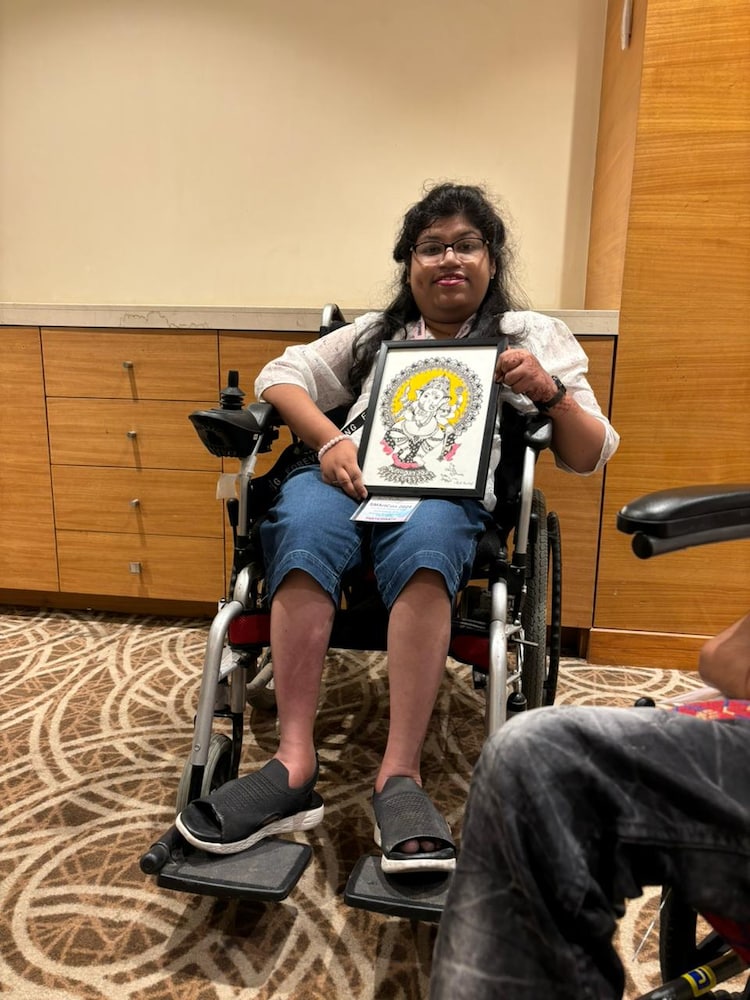
Dr. Rakesh Mishra, Director, Tata Institute for Genetics and Society (TIGS) said that delayed diagnosis is a big problem in rare diseases. Sometimes accurate diagnosis can take years.
Rare diseases and SMA treatment in India
In recent years, government attention to rare diseases in India has increased.
Additional DDG and Director of Emergency Medical Relief, Ministry of Health and Family Welfare, Dr. L. Swasthicharan said that in the last three years, the expenditure on treatment of patients has increased from zero to Rs 82 crore.
He said the Health Ministry is considering setting up a specialised Technical Expert Group (TEG) focused on spinal muscular atrophy.
“If we can successfully solve the challenge of SMA, the same model can be adopted for other rare diseases in the country,” he said at a recent SMA event, adding that a rare disease fund has been set up to help treat patients.
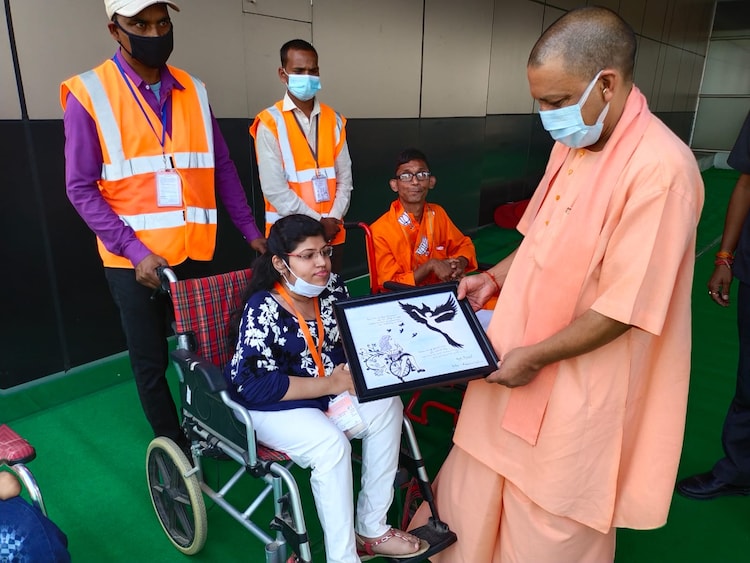
In the year 2022-23, about 203 patients received Rs 35 crore for treatment. This amount increased to Rs 74 crore in the year 2023-24. A budget of Rs 82.4 crore has been allocated for the current financial year, out of which Rs 34.2 crore has already been distributed.
Several states, including Bihar, Odisha, Rajasthan and Kerala, have provided schemes, treatment availability and employment opportunities for SMA patients. However, Uttar Pradesh still lags behind.
Dr. Swasthi Charan stressed the need for indigenous research, supportive medicine and CSR funding.
“Awareness about rare diseases is low even among doctors and very few are working in this field. There is a need for synergy between the government and the medical community to tackle this challenge. We have a national policy for rare diseases and there is a provision to include more ‘orphan’ diseases in the list,” he said.
In India, most parents rely on crowdfunding and humanitarian programs to obtain SMA medications.
CureSMA India, a parent-led advocacy group, had filed a petition in the Delhi High Court last year to remove the 12% Goods and Services Tax on the drug.
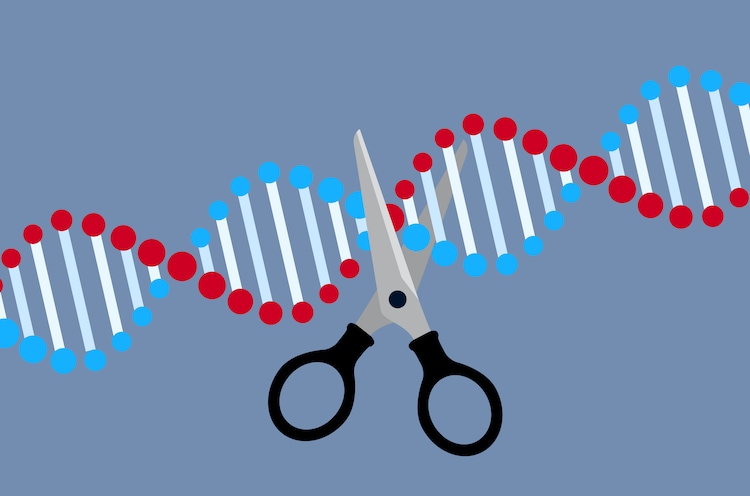
In July 2023, the Court directed the National Rare Diseases Committee, the expert panel set up to implement India’s rare disease policy, to negotiate with manufacturers to reduce SMA drug prices.
While the Rastogi couple is resorting to various sources like crowdfunding to buy Risdiplam for their children, progress in terms of research, affordability and new medicines is slow but ongoing.







